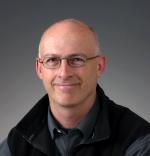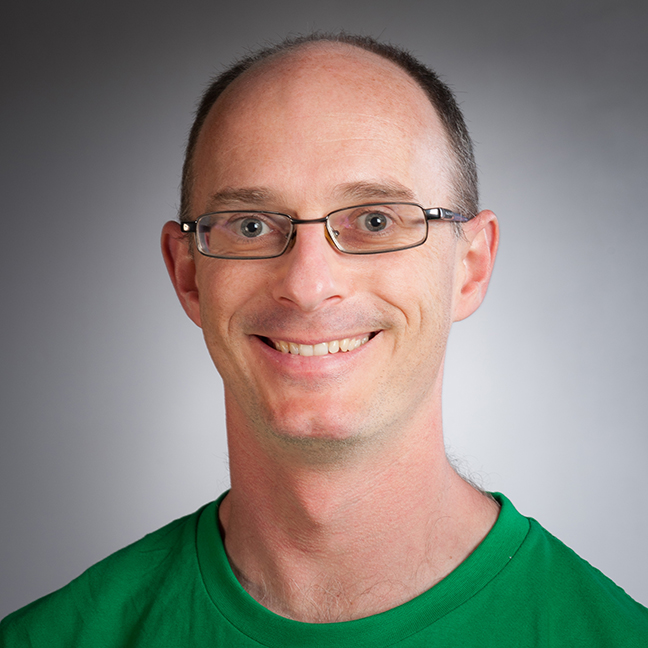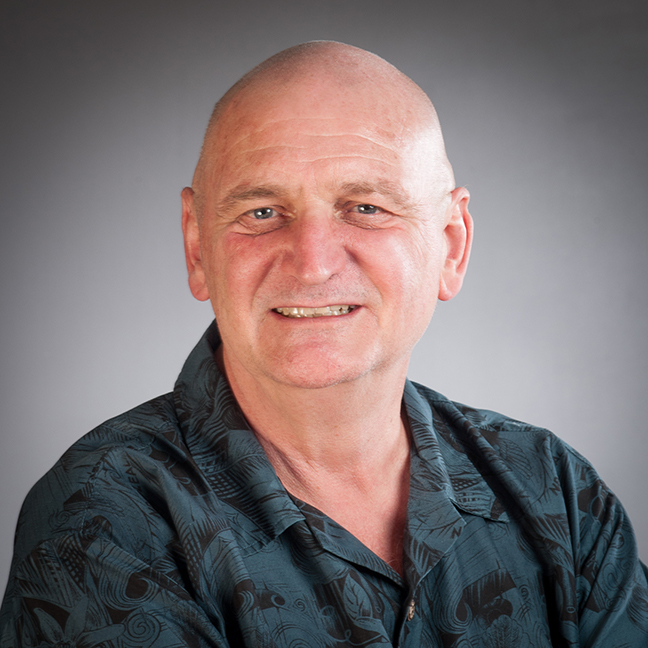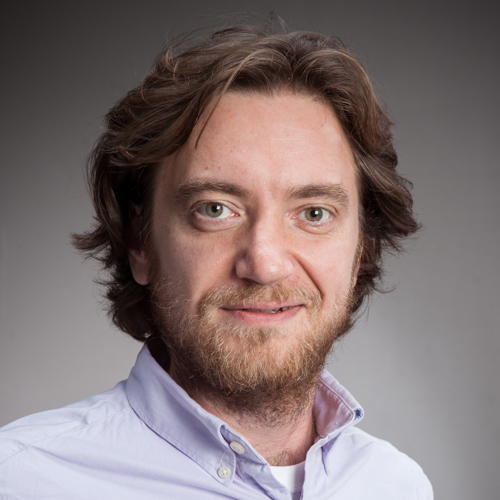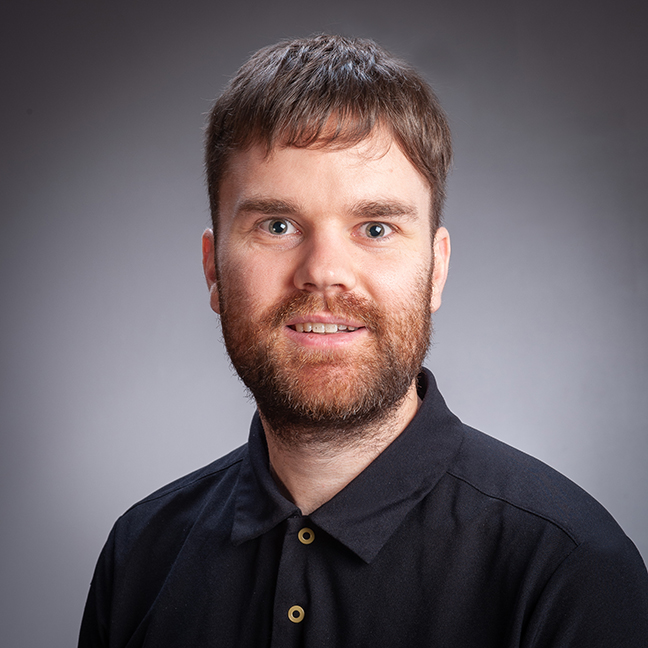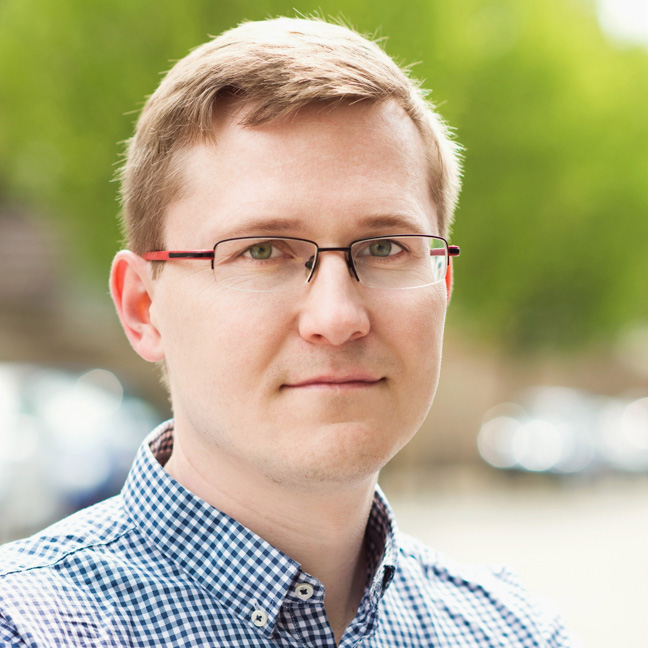Applied mathematics
Applied mathematics ranges from theoretical physics to industrial mathematics and from geophysics to fractal geometry. The ideas involved are equally varied.
The School of Mathematics and Statistics has a vibrant Applied Mathematics Group, engaged in a wide variety of activities such as volcanology, geophysics, soil contaminants, and industrial mathematics.
Applied mathematics research at the School of Mathematics and Statistics is notably broad-based and remarkably versatile. Research interests of this group include black holes, cosmology, quantum field theory, general relativity, industrial, geophysical, medical and biophysical applied mathematics, mathematical physics and robot kinematics.
The Applied Mathematics Group collaborates with physicists and geophysicists at Victoria University of Wellington and maintains lively interactions with scientists and mathematicians in government research organisations and universities in New Zealand around the world.
The Gravity Group also contributes to research in mathematics.
Researchers
Emeritus Professor
School of Mathematics and Statistics
Dr. McGuinness is stimulated by real problems brought to the attention of academics and students in industrial workshops called Mathematics in Industry Study Groups, in New Zealand and around the world. These problems have included sorting of alumina in silos, heating and cooling of steel, weighing fast heavy fruit, identifying important factors in the loads on the New Zealand electricity network, and measuring moisture in bauxite in real time on a conveyor belt using microwaves. He is also challenged by problems arising in the fragmentation of volcanic ejecta, modelling the growth of sea ice, predicting the two-phase flow of fluids up a pipe, and the modelling of sand dunes.
Professor of Mathematics
School of Mathematics and Statistics
Dr. Marsland is developing revolutionary computer software and hardware to automatically detect, locate, and identify bird calls in New Zealand native bush. Challenges associated with this foundation conservation toolset include future-proofing, coping with many terabytes of data, background noise, birds imitating other birds, integrating machine learning and human input, and making the software easy and free to use.
Professor of Mathematics
School of Mathematics and Statistics
Dr. Visser is a recent recipient of the New Zealand Royal Society Hector Medal, and is one of the leading experts in the world on black holes, cosmology, quantum field theory, and general relativity. He specialises in traversable wormholes and analogue spacetimes. He has also worked on supergravity, Hawking evaporation (of black holes), gravitational thermodynamics, and brane worlds.
Associate Professor in Engineering Mathematics
School of Mathematics and Statistics
Dr. Mitsotakis works on tsunamis, and has access to data that can be used to predict the occurrence of tidal waves around the world. He is particularly interested in solitary water waves, and effective ways to simulate tsunamis on a computer.
Senior Lecturer
School of Mathematics and Statistics
Dr. Harding is currently researching mathematical and computational methods which may help improve the design and operation of curved microfluidic devices that are used for cell/particle separation. He also has research interests in numerical analysis with topics including sparse grid methods and fault tolerant algorithms for high performance computing. Another research interest is fractal geometry, specifically on the construction and properties of fractal transformations.
Dr. Feketa’s research focuses on the stability analysis and control of hybrid dynamical systems and multi-agent nonlinear systems. He is particularly interested in synchronization phenomena and the multi-cluster behaviour of complex dynamical networks. Through his work, Dr. Feketa aims to deepen our understanding of the internal organization of neuro-inspired oscillator networks by exploring the interplay between the dynamical behaviour of oscillators, adaptation mechanisms of the couplings, and the interconnection topology of the network. Additionally, he is interested in the mathematical theory of multi-frequency oscillations, analytical and computational approaches for stability and safety verification of cyber-physical systems, as well as the interference of control and machine learning algorithms.
Current projects
AviaNZ: Making Sure New Zealand Birds Are Heard (Marsden Fund: Prof Stephen Marsland)
The old mantra that you can’t improve things that you can’t measure provides particularly interesting challenges in conservation and ecology, and they are all about data. Many of the species that we wish to know more about are difficult to spot, increasingly rare, and often in remote places. However, many of them call. Call count surveys exploited this to enable some estimates of population densities to be made. In recent years, acoustic recorders have become widespread. These simple machines can be left in the bush and record onto an SD card at pre-specified times for weeks or months. The result is large amounts of data about the soundscape of the bush areas of our country.
Unfortunately, while the recording of the soundscape is easy, the analysis of the recordings is not. The AviaNZ project is attempting to fill this gap. We are interested in every part of the problem of estimating population abundance from unobtrusive measurements in the forest (principally sound, but potentially also photographs and videos), from protocols for their use, through mathematical and signal processing to perform automatic detection and recognition, via easy-to-use freely-available software, to statistical methods of estimating abundance reliably.
Some of the challenges that make this a hard problem are that the birds are at varying distance from the microphone, from a few metres to hundreds, there are many other noises—wind, rain, rivers, aeroplanes, and other human sounds, and other animals to name just a few—and that the range of noises that the birds themselves make can vary so much even within a species.
Mathematical and numerical modeling of oceanic waves (Dr Dimitrios Mitsotakis)
Water waves are governed by the fundamental equations of fluid mechanics known to as the Euler equations. These equations derived by Leonhard Euler (1707–1783) in 1757 remain one of the hardest problems to solve in applied mathematics. It is not just because the equations are enormously complicated but also because water waves are perhaps the most complicated waves existing in nature. To emphasize this, we borrow two sentences from Richard Feynman and his lectures on physics:
“The next waves of interest that are easily seen by everyone, and which are usually used as an example of waves in elementary courses, are water waves.
As we shall soon see, they are the worst possible example, because they are in no respect like sound and light; they have all the complications that waves can have”
Richard Feynman
Due to the complexity of the Euler equations, we seek to derive simpler mathematical equations that describe water waves importance in practical problems. For example, waves of much current interest are the weakly nonlinear and weakly dispersive waves, such as Tsunamis.
Topics we have explored so far include the well-posedness of the simplified equations, convergence of their solutions to the solutions of the Euler equations, error estimates, as well as numerical analysis of the numerical algorithms. The topic requires skills and tools from the areas of mathematical analysis, theory of differential equations, numerical analysis, scientific computing and also physics.
The focus of our research currently is on the derivation, analysis, and simulation of improved mathematical equations in water waves with favourable conservation properties and with ultimate goal the accurate description of oceanic waves. This is a collaborative project with partners from Australia, France, Greece, Lebanon, Norway, Saudi Arabia, USA, and Russia.
Steaming surtseyan bombs (Prof Mark McGuinness)
Mark McGuinness is investigating under what conditions volcanic bombs will explode or remain intact. He uses partial differential equations in an approach called modelling, to predict the temperatures and pressures that develop inside an ejected lump of magma during a Surtseyan eruption. He is seeking to extract from these equations a simpler formula relating maximum pressure to magma properties. This will allow comparison with field measurements of the properties of ejecta that have survived ejection in the past, to validate the understandings gained from the modelling.
Mark is also interested in the mathematics behind the movement of sand dunes, in oscillations in contaminants and biota underground, in measuring the moisture content of bauxite in real time using microwaves, in filtering signals from fast heavy fruit bouncing briefly on a load cell to interpret their mass, and in decomposing the power usage at substations in New Zealand into characteristic patterns of usage that reflect household, industrial, commercial, and farming demand.
Mathematical modelling of particle migration in curved microfluidic devices (Dr Brendan Harding)
Particles suspended in fluid flow through microfluidic devices—devices with a length scale smaller than one millimetre—experiencing a force which causes them to migrate in seemingly unexpected ways. This leads to a variety of interesting dynamics that are sensitive to factors which include the particle size, and shape or geometry of the duct. The effect can be exploited to separate cells and particles based on small differences in their size. This has applications in a number of areas, a notable example being the separation of circulating tumour cells from white blood cells.
This project is concerned with developing mathematical models which describe the migration of spherical particles in curved microfluidic devices. We also investigate efficient methods for implementing these models and applying them in a range of different contexts to help guide optimal design and operation of microfluidic devices for a range of different purposes. These problems are difficult because classical singular perturbation methods are intractable and direct numerical simulation is too expensive to use for thorough investigations of the large parameter space. We have obtained good results modelling migration in curved ducts at low flow rates and are currently extending this work in a number of different directions. This research lies at the intersection of several different topics including fluid dynamics, perturbation theory, scientific computing and dynamical systems.
Other projects/completed projects
Mark McGuinness has worked with Andrew Fowler from Oxford and Limerick to explain puzzling results from laboratory experiments on exploding rocks. In the lab, rocks like pumice are pumped full of high-pressure gas, which is then released abruptly, causing the rock to fragment. These experiments are designed to help understand how volcanoes erupt. High-speed video of the exploding rocks in the lab reveal a layered slab structure as the rock explodes. Mathematics involving differential equations, asymptotic methods, and numerical solutions help mathematicians and volcanologists to understand why the rocks break up in this way in the lab, providing insight into powerful volcanic eruptions.
Postgraduate opportunities
There are a variety of scholarships available for students studying in the Wellington Faculty of Science.
Further information about PhD study, including scholarship funding, is available on the website of the Faculty of Graduate Research.
In addition, some staff members may have grant funding for PhD research on specific projects.
Prospective research students are encouraged to contact potential supervisors directly.

